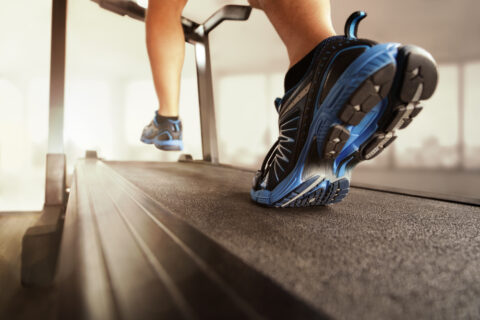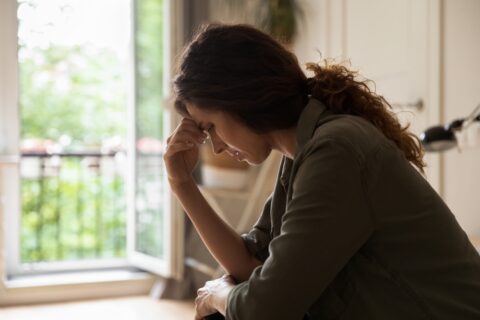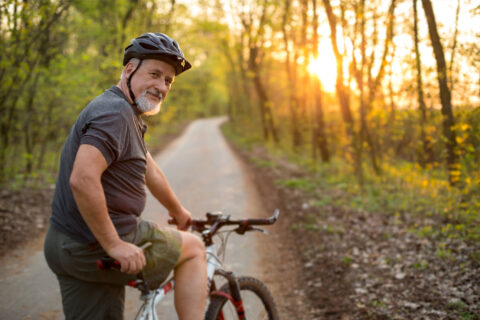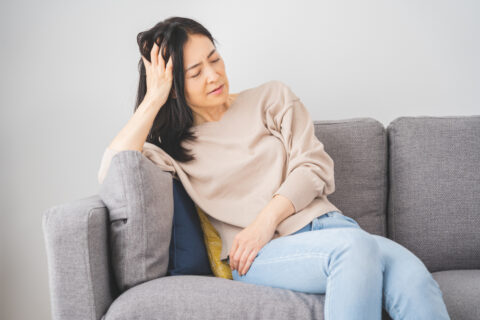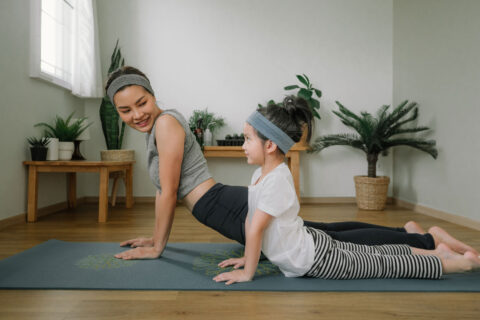Spinal stenosis is a condition in which the space inside the backbone is too small, inflicting pressure on the spinal cord and nerves. Roughly eight per cent of the population is affected by spinal stenosis, with the majority being over 50, but not all these individuals will experience symptoms. Meanwhile, others may feel muscle weakness, numbness, tingling, or general pain in their back, bottom, legs, feet, or toes.
This discomfort caused by spinal stenosis is otherwise known as sciatica; however, spinal stenosis isn’t the sole cause of sciatica. In fact, as many as 40% of people will experience sciatica in their lifetime, with the recurrence rate increasing with age. Typically, symptoms last between four and six weeks, but some people suffer from chronic discomfort.
Maggie’s battle with spinal stenosis and sciatica.
Maggie Perkins, 84, was one of the unlucky individuals who suffered from chronic back pain for almost two decades. She had, unfortunately, inherited “swayback” from her father, which is a curvature along the spine impacting posture and causing muscle weakness. With age, Maggie found her back pain worsening, pushing her to consult a doctor, wherein an MRI scan revealed she had developed spinal stenosis. From this, it became clear that the pain she was suffering from was sciatica, which is notoriously exhausting to handle.
Although swayback, spinal stenosis, and sciatica were wreaking havoc on Maggie’s life, causing her so much pain that she could barely move, she was told nothing could be done. “You’ll have to learn to manage the pain”, was the advice of the surgeon that performed her MRI scan. As a result, Maggie accepted her fate that she was bound to a life of pain and discomfort.
Maggie’s Be You movement journey.
Around seven months ago, Maggie discovered Be You Health Studios and has been working alongside movement coach, Ben Cuthbert, since. Maggie had no doubts that Ben would be able to improve her physical capabilities, but she was amazed at how he aided her in the building of her mental confidence. For years, Maggie was told she’d simply have to manage her condition, leaving her self-belief at an all-time low. Despite this, with a bespoke programme that taught Maggie how her body worked and moved, she was able to make careful and gradual progress each week.
Today, Maggie is pain-free, and this is all thanks to gentle movement sessions that allow her to build her strength steadily. Not only is she now physically fitter than she was 20 years ago, but she also has more energy and feels emotionally brighter.
Exercise doesn’t have to be painful.
When we think of exercise, our mind often goes straight to intense cardio workouts or pumping iron at the gym. As an older person with limited mobility and chronic aches and pains, this simply isn’t a viable option. Consequently, so many older people believe they can’t exercise and that their current physical fitness is the best it’ll ever be. Not only can this mindset be detrimental to one’s physical well-being, but it can also result in feelings of deflation that aren’t beneficial from an emotional perspective.
The truth is, it’s never too late to start your movement journey, especially if you’re plagued by physical pain and discomfort, day in and day out. When exercising, you don’t have to be breathless and sweating; instead, regular, gentle movement is one of the best ways to improve your posture and prevent your joints from ceasing up.
Go bespoke with Be You.
Whatever your age, starting your fitness journey can be intimidating and confusing. Where do you begin? What do you do? How do you identify your limits? At Be You Health Studios, we take these worries from your hands and use our expertise to create a bespoke programme to get you moving again, one session at a time.
Contact us for an assessment and move closer to a pain-free life.

